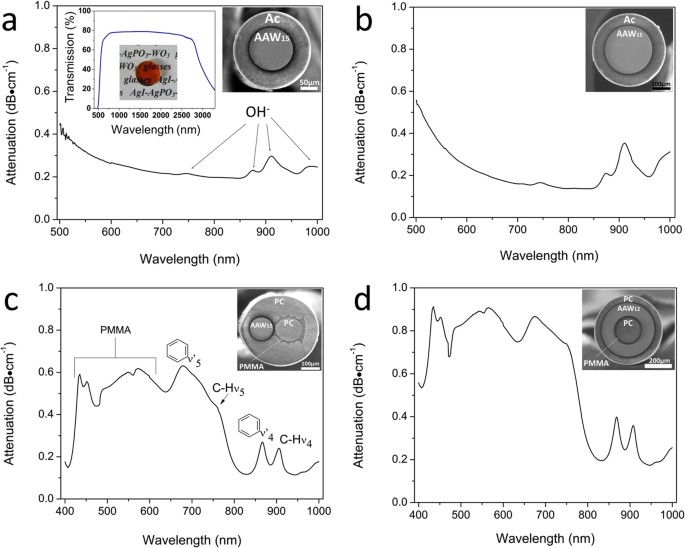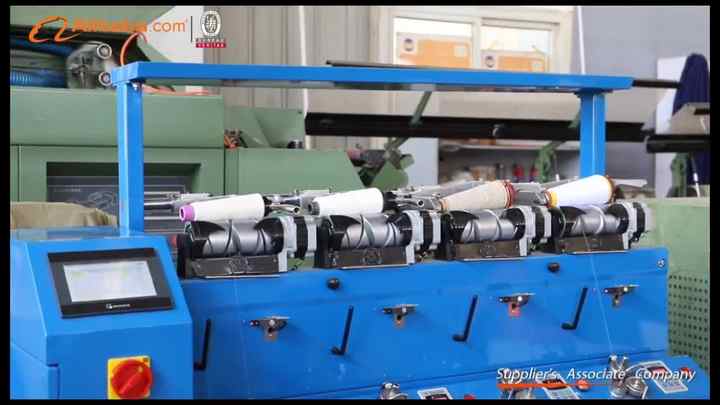Cutting-Edge Technology for Optical Fibre Diameter Analyser Precision
Wiki Article
Optimize Your Fiber Optic Efficiency: Comprehending Optical Fiber Diameter Analyser Innovation
The efficiency of fibre optic systems is seriously influenced by the precision of their size, an aspect usually overlooked in the search of optimal signal integrity. Understanding the modern technology behind optical fiber size analysers reveals the detailed equilibrium between dimension accuracy and production top quality.Relevance of Optical Fibre Size
The size of optical fiber plays a vital role in establishing the efficiency and effectiveness of communication systems. It influences several crucial specifications, consisting of the mode of light propagation, attenuation, and data transfer capacity. Bigger sizes commonly permit numerous light modes, promoting greater data transmission prices. On the other hand, smaller sized diameters have a tendency to sustain fewer settings, which can enhance signal quality and minimize crosstalk.
In addition, recognizing the size's ramifications can bring about cost financial savings by lowering the demand for signal amplification and repeaters in comprehensive networks (optical fibre diameter analyser). In conclusion, the importance of optical fiber diameter can not be overstated, as it directly affects the overall effectiveness and dependability of contemporary interaction systems

Just How Size Impacts Signal Quality
Signal high quality in optical fibre systems pivots substantially on the size of the fibre. The diameter affects a number of crucial specifications, including depletion, transmission capacity, and modal dispersion. A smaller size can cause higher attenuation rates, resulting in signal loss as light travels through the fiber. This attenuation can compromise the integrity of the transmitted data, leading to a decline in signal top quality, especially over cross countries.Conversely, bigger sizes typically enable boosted light capture and minimized modal diffusion, improving signal clearness. In multimode fibers, a larger core size can support numerous light settings, yet it may also present intermodal dispersion, which can break down signal high quality. For that reason, choosing the ideal fibre size is essential for attaining the preferred efficiency in certain applications.
Furthermore, the interaction between the fiber diameter and the wavelength of the light utilized plays an important function in identifying the effective transmission range and general signal stability. Understanding just how fibre size impacts signal quality is necessary for network developers and designers striving to maximize optical fibre systems for trustworthy, high-speed data transmission.
Introduction of Diameter Analyser Innovation
In several optical fiber production procedures, precise dimension of fiber size is vital for making sure consistent performance and high quality (optical fibre diameter analyser). Size analysers are innovative tools developed to analyze the physical measurements of optical fibers with high precision. They use innovative optical and laser technologies to gauge the diameter, ovality, and concentricity of the fibre, therefore giving important data for quality controlThese analysers can run in-line throughout the manufacturing process or as component of off-line testing procedures. In-line systems allow real-time tracking, permitting manufacturers to readjust criteria right away, consequently keeping optimum production problems. Off-line analysers, on the various other hand, offer thorough examinations of sets, making sure that any deviations from specified resistances are determined and attended to.
Diameter analysers significantly add to the reduction of defects in optical fibers, enhancing overall product reliability. By consistently determining vital specifications, these technologies assist in compliance with market standards and specs. As the demand for high-performance optical fibres continues to company website increase, the role of size analysers becomes progressively important in achieving the preferred quality and performance criteria in fiber optic systems.
Key Functions of Fiber Diameter Analysers
Although different versions of fiber size analysers exist, they commonly share a number of vital attributes that improve their capability and reliability. Among one of the most considerable attributes is high-resolution measurement capabilities, which ensure accurate diameter readings, essential for keeping quality assurance in fiber manufacturing. In addition, lots of analysers include advanced optical sensors made to discover minute variations in fibre diameter, hence providing invaluable information for process optimization.An additional crucial feature is real-time tracking, allowing operators to obtain instant feedback on fiber size throughout the production procedure (optical fibre diameter analyser). This capacity assists in fast adjustments and lowers the possibility of issues. Many analysers also come geared up with straightforward user interfaces, making it possible for operators to conveniently navigate through information and settings outputs
Additionally, durable data storage space and analysis capabilities are important for tracking historic performance trends and making sure check my reference compliance with sector criteria. These functions jointly add to the efficiency of fiber size analysers in maximizing fiber optic efficiency.
Best Practices for Fiber Optimization

First, regular calibration of optical fibre diameter analysers is essential. This makes certain moved here precise measurements and minimizes possible discrepancies that might impact performance. Next off, maintaining a tidy workplace is important; dirt and impurities can cause signal deterioration.
In addition, it is very important to select fibres that fulfill particular application needs. This includes assessing factors such as attenuation, transmission capacity, and ecological problems. Appropriate setup techniques ought to also be abided by, including staying clear of sharp bends and too much stress, which can endanger fibre integrity.
Additionally, utilizing sophisticated surveillance systems can facilitate real-time performance analyses, making it possible for timely identification of problems. Routine testing and maintenance need to be carried out to make certain that fibers remain within optimum operational parameters.
Last but not least, training workers on the most recent fibre optimization innovations and techniques will boost their capability to execute efficient techniques. By complying with these finest practices, companies can considerably improve the performance and lifespan of their optical fibre systems, guaranteeing effective communication and information transfer.
Verdict
In verdict, the combination of optical fibre diameter analyser technology is critical for making the most of fiber optic performance. By guaranteeing exact measurements of fibre measurements, these analysers dramatically enhance signal top quality and minimize losses during data transmission.Signal top quality in optical fibre systems pivots substantially on the diameter of the fibre.In numerous optical fibre production processes, exact dimension of fiber size is crucial for guaranteeing consistent efficiency and quality. As the demand for high-performance optical fibres continues to climb, the duty of diameter analysers becomes significantly vital in accomplishing the preferred quality and efficiency standards in fiber optic systems.
These features collectively contribute to the efficacy of fiber size analysers in enhancing fibre optic efficiency.
In final thought, the combination of optical fiber diameter analyser technology is important for making best use of fibre optic efficiency.
Report this wiki page